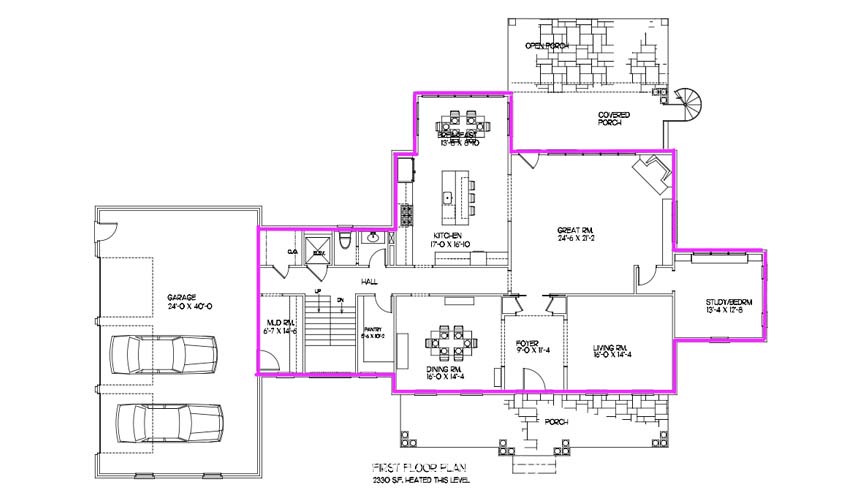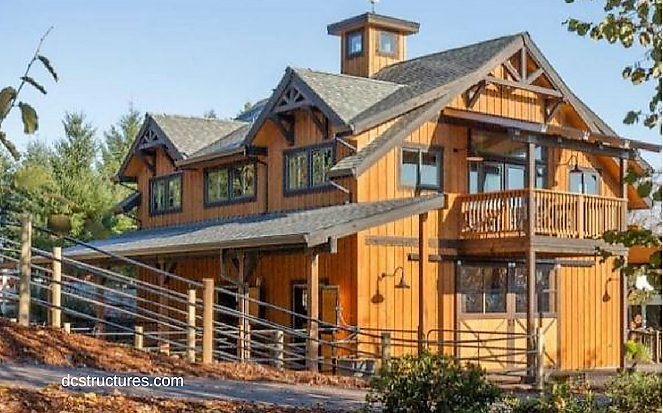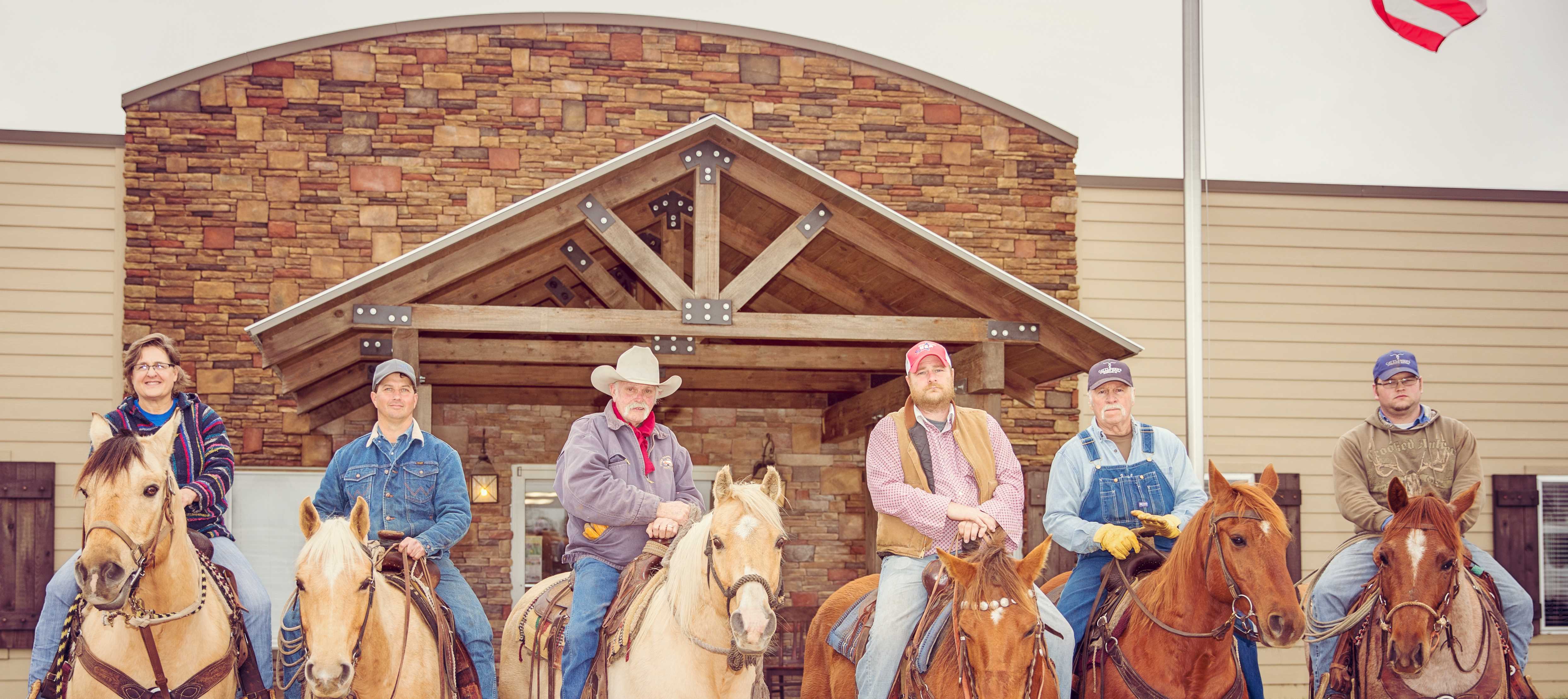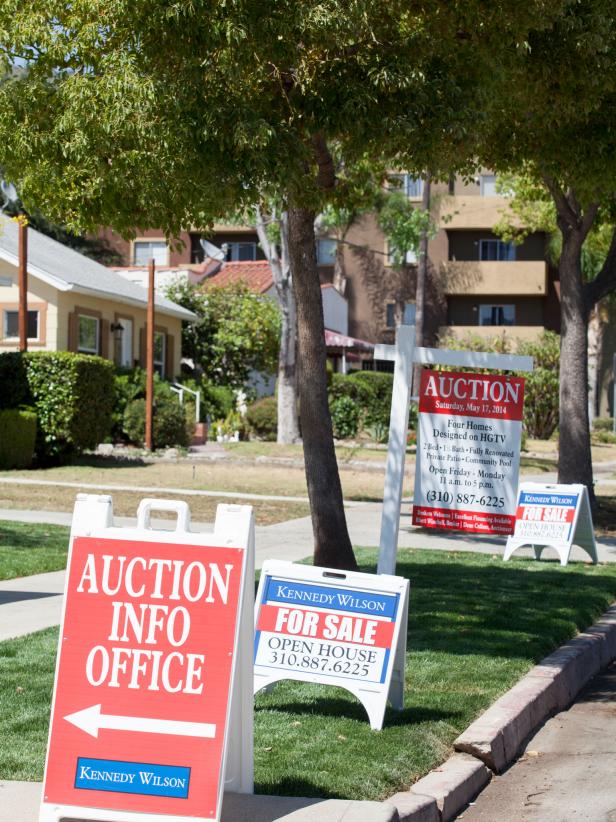Table Of Content

Prices vary widely depending on the region of the country where you’re building and the specific details of your home plans. Homeowners can save money on the cost of building a house by doing some of the work by themselves. Commonly called sweat equity, homeowner-driven labor can substantially reduce costs by also reducing contractor fees or mark-ups.

How Much Does It Really Cost to Build a House?

New home construction costs $100 to $155 per square foot on average with most homeowners paying $155,000 to $416,250, in addition to the cost of your land. Costs vary considerably based on location and all your choices in design and interior and exterior finishes. Of that costly interior finishes category, cabinets and countertops cost close to $18,000 or about 4.5-percent of the total building cost. Higher-end quartz countertops alone range from $2,120 to $5,960 per installation. To save costs, laminate countertops cost from $14 to $38 per square foot or about $560 to $1,520 per installation.
A Breakdown Of The Average Cost To Build A House
The average tiny house costs $25,000 to $35,000, but you can build one for less. One couple built a 24-foot-long, 8-foot-wide, and 13-foot-tall tiny home for $8,000 by using cheap or free lumber, along with sourcing items for free on Craigslist and Habitat for Humanity Restore locations. For the base structure of the home, they built the house on a trailer frame. You can also finish out a shipping container for about $60,000 to $90,000. A large home built from shipping containers can cost $150,000 to $175,000, which is generally about half the price of a traditional home of the same size.
How Much Does It Cost To Install A Metal Roof In 2024? – Forbes Home - Forbes
How Much Does It Cost To Install A Metal Roof In 2024? – Forbes Home.
Posted: Fri, 01 Mar 2024 08:00:00 GMT [source]
Prepping And Building The Foundation
To strike the best balance between pricing and quality of workmanship, research several local finishing carpenters to compare quotes and reviews. Expect to pay between $7,000 and $13,000 for the cost to hire an electrician to install wiring, outlets, switches and electrical panels throughout a newly built home. Let’s break down those costs and how to budget for a home build so you can decide the best route for you. Once built, you or your contractor will schedule a final inspection to obtain a certificate of occupancy.
Change orders usually, but not always, drive up the cost of building the home. Change orders are agreements that the builder and homeowner both sign to change the original contract. Expensive features like giant kitchen islands, cathedral ceilings, and open floor plans are no longer on the leading edge of home design. After framing, electricians, plumbers, and HVAC crews build out the major systems at a cost of $70,150. Interior finishes cost so much because it is such a broad category including insulation, drywall, trim, doors, painting, lighting, cabinets, countertops, appliances, and flooring.
Study+finds+huge+differences+in+home+costs+per+square+foot - Journal Record
Study+finds+huge+differences+in+home+costs+per+square+foot.
Posted: Thu, 10 Aug 2023 07:00:00 GMT [source]
The final price tag will vary significantly based on each new home’s plans and the amount of work involved. Labor often makes up about 30 to 50 percent of a home’s total construction cost, per HomeAdvisor. You’ll need to secure the appropriate permits and pay fees to your city or municipality before the work on your home can begin. You’ll also need to hire architects and engineers to make plans for your home. These costs all vary by location but you can expect to spend about $4,220 on permits and about $1,000 to $2,000 on plans and specifications. When thinking about both phases together, Hartman proposes the following numbers as averages to consider.
Pare Down Its Size
You don’t necessarily want to pick the least expensive option; it could leave you with a poorly built house that requires frequent emergency repairs or costly add-ons that weren’t included in the initial quote. Buying a pre-existing house and simply renovating it to meet your needs can provide more value per square foot — just how much you will save, however, depends on its condition and many other factors. “While it depends on the location and size of the home, buying an existing home and remodeling is probably cheaper than building in many areas,” says Fischer. The cost to install cabinets in your home’s kitchen and bathrooms can range from $100 to $1,230 per linear foot and will largely depend on whether you choose a stock or custom product.
Building A House: A Breakdown Of How Much It Costs
Homes that are under 2,000 square feet could range in cost from $80,000 – $300,000. It’s important to note that the median size of a new, single-family home in 2022 was 2,383 square feet. This can easily be one of the most expensive parts of the home building process, and the exact cost will depend on your personal preferences.
Interior
“As soon as you move in, it automatically turns into a standard mortgage, which is pretty competitive,” Hartman adds. Like with states, a new home builder may also want to consider the region in which they’re planning to put down roots. According to Money it can be more cost-effective to build a home in the West and South Atlantic, where prices in the existing housing market are high.
Removing this category from the total house-building cost saves six-percent or $23,650 of the total cost. At a full sales price of $644,750 (including the builder's fees), a newly built home costs about twice as much as a new home. Extra sales costs may come into play when working with some home builders. With these types of purchases, the sales price will be higher due to builder-related costs for overhead, marketing, sales commissions, and profit.
Tiny homes are generally considered dwellings of less than 500 square feet. Most developer-planned subdivisions will also have a playground, picnic tables, a BBQ area, and even a pool. On the downside, it could mean there is construction around your home for some time, and it won't be custom designed. Of course, special features can raise the cost of your outdoor space considerably.
Houses with simple floorplans and rooms with conventional elements will help you save money on the cost of building a new house. Features like wet rooms, walk-in showers, dedicated game rooms, or home theaters add to your enjoyment—but add to the cost, as well. From a cost perspective only, it's better to buy an existing house rather than build a new house. An existing home costs $195,530 less than the cost of building a house.
These are short-term loans that are used to fund the building of a new home. You can get a home construction loan that converts to a traditional mortgage loan once the construction has been completed. The total price you pay will also be determined by the type of home you’re building. A more high-end, luxury home with multiple stories and architectural flourishes will, naturally, be much more expensive. It’s important to note that all of these costs are approximations based on national averages and are subject to change based on a variety of conditions.
A home equity line of credit (HELOC) is another good option for financing the cost of building a house, provided you have a significant amount of equity. Like a home equity loan, you’ll borrow against the equity in your current house to procure financing to help build a new one. The difference is that a HELOC acts more like a credit card than a lump-sum loan, and you’ll be able to borrow from the line of credit as needed, up to the amount that you’re approved for. Expect to pay for a long list of subcontractors and specialized experts to help complete your home project, including roofers, electricians, plumbers, flooring specialists and more.
A vital point when learning how much it costs to build a house is that some categories cost more or less than others. These permits tend to cost between $1,200 and $2,000, but the actual amount varies depending on the regulations in the local area. If you are buying raw, undeveloped land in a rural setting, you might have to add a septic tank for your wastewater needs. You will also need to run utility lines back to your property, and possibly factor in the cost of grading the land and laying a driveway.















